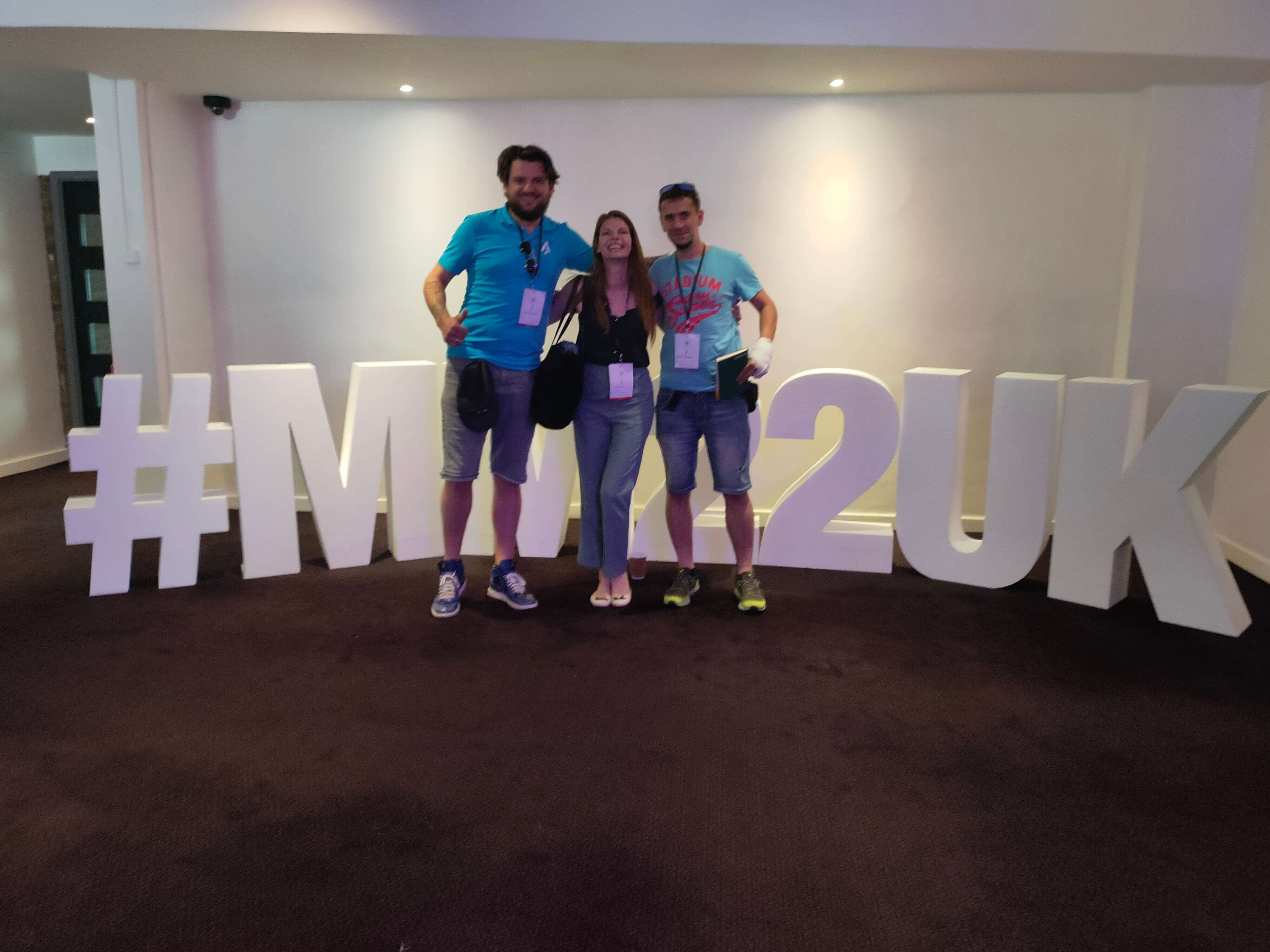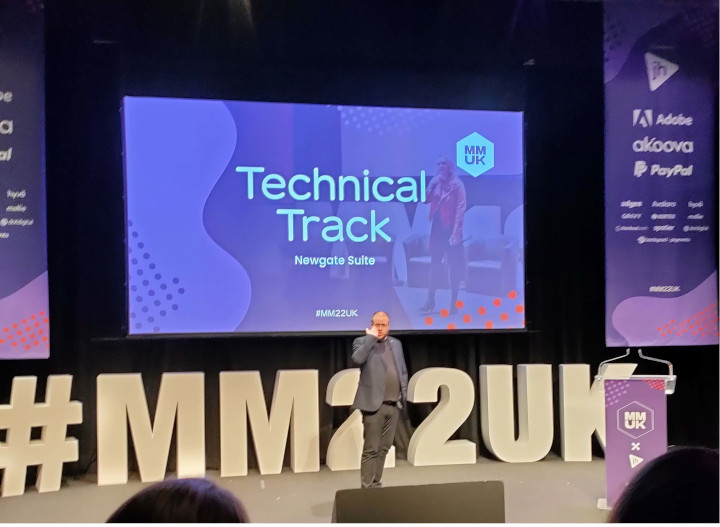After an almost 3-year hiatus, Meet Magento was again held in the UK. Despite the train and subway strikes, our CEO Łukasz and CTO Marcin were able to participate in this great event, learn a lot of interesting news and experience the power of the Magento Community firsthand. We had missed the event a lot, especially the active networking.
The future belongs to MACH and Composable Commerce
Composable Commerce describes building entire architectures piece by piece, consisting of many different services and tools that are integrated to provide a complete marketing, sales, and service lifecycle while keeping the customer experience and business needs at the forefront.
The basis for the success of composable e-commerce are the principles of MACH architecture (microservices / API first / cloud native / headless); enabling flexibility with micro services, decoupling components with APIs, providing security, scalability, and operational benefits using cloud native technologies, and enabling your business and customer service to grow independently by adopting maintenance-free back-end systems.
Adobe has made it clear that composable commerce combined with MACH principles will provide the foundation for how consumers will buy in the future. The key benefits of this approach are high flexibility, extensibility, speed, short time to market, lower TCO.
Microservices
Adobe continues its policy of moving Magento features to microservices to slim down the core of Magento and make it faster. This will result in a departure from many functionalities provided by the basic Magento installation towards the provision of services in the subscription model: AI search, product recommendations, real product catalog (which means that it will be possible to deal with larger SKU volumes).
Key characteristics of microservices:
- Rapid development, deployment, implementation, and release
- Flexibility in scaling the service
- Significantly lower TCO
- Seamlessly connect different services


2022/2023 with an emphasis on Headless
The recommendation from Adobe here is to serve the frontend on AEM (Adobe Experience Manager). AEM Headless is a CMS solution that allows structured content (snippets) in AEM to be consumed by any application via HTTP using GraphQL. Headless implementations make it possible to deliver experiences across platforms and channels at scale.
The large scale of innovation in the USA motivates the development of Adobe Commerce
Adobe's large US customers are contributing to the development of many e-commerce innovations that will find their way into future versions of Adobe Commerce. We read this signal as an incentive from Adobe to compete with the largest in the US market.
Easier and more secure Adobe Commerce updates
Regular store updates are essential to, among other things, ensuring maximum performance, stability, and security of your store.
Sergii Ivashchenko, Software Development Engineer at Adobe, went into detail on how to make Adobe Commerce updates easier and more secure, including a toolkit for estimating and preparing your codebase for updates. This includes the update compatibility checker, the Magento PHPStorm plugin and other third-party tools. Facilitation in this area is always a step forward for the Agency and an opportunity for smaller entities to optimize costs.
Building developer experience: Hyvä Toolkit
At Alekseon, we have already completed the first projects on Hyvä Template, and we really appreciate working with this tool. All the nicer, with the baggage of our own positive experiences, we were able to participate in a lecture by Willem Wigman from Hyvä Themes, who discussed how development tools can significantly reduce the startup time. Willem Wigman talked about how Hyvä is helping developers get their jobs done faster and more enjoyable for the benefit of everyone from developers to the end customer. As big Hyvä z fans, we can attest to that!
